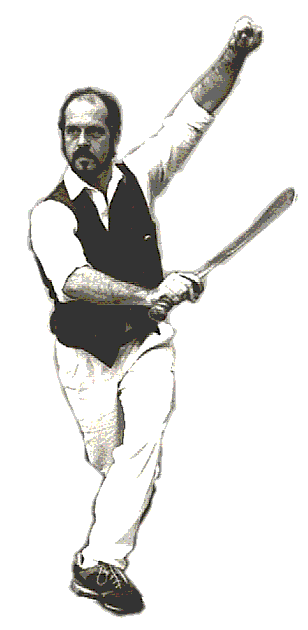T'AI CHI CH'UAN
Back to BLOG
An Overview of The Art and Spiritual influences of Traditional Weapons
Weapons are for most countries as familiar as any item of modern life: the computer, the car, the tin opener, and the home protection security system. People carry an assortment of self protection hardware, from sprays, shock devices units to the hand gun or just the plain old rifle each has an accepted importance. It is well documented that as a symbol of defence and power a weapon's potential is usually sought after.
City wise teenagers are familiar enough with hand weapons to establish their self esteem by their use. In modern warfare particular language styles have developed so as "to do business and take him out of the equation". This casually reinforces the modern day acceptance that some form of peace maker is a necessary evil.
Weaponry for Health, its purpose in contemporary Internal Martial Arts
Strictly speaking teachers of Traditional Weapons (in the many martial arts systems) regret this easy modern acceptance. Firstly, the character development required is at odds with human sensitivities. Only marginal skills, whether physical or mental, are required to pull a trigger. Hence the quick demise of the "natural" (and difficult to learn) Bow and Arrow in the battle field. The shot and musket was so effective without the need for exceptional specialist skills.


